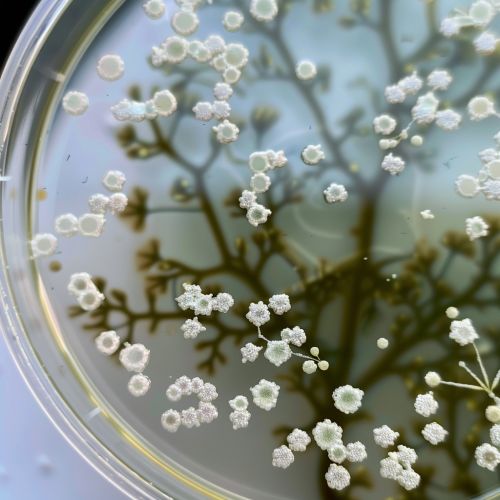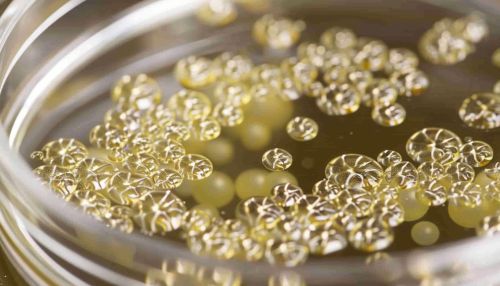Agrobacterium rhizogenes
Introduction
Agrobacterium rhizogenes, also known as the 'hairy root disease' bacterium, is a Gram-negative soil-borne bacterium that causes hairy root disease in plants. This bacterium is a member of the Rhizobiaceae family, which also includes other important plant-associated bacteria such as Rhizobium and Sinorhizobium.


Biology and Life Cycle
A. rhizogenes is a facultative anaerobe, meaning it can survive in both oxygen-rich and oxygen-poor environments. The bacterium is rod-shaped and possesses flagella, which it uses for bacterial motility. The life cycle of A. rhizogenes involves several stages, including a free-living stage in the soil, a plant infection stage, and a hairy root stage.
Pathogenicity and Disease Symptoms
The pathogenicity of A. rhizogenes is largely due to its ability to transfer a portion of its plasmid DNA, known as the T-DNA, into the genome of the host plant. This results in the formation of hairy roots at the site of infection, hence the name 'hairy root disease'. Symptoms of the disease include the formation of proliferative, undifferentiated root-like structures, reduced plant growth, and in severe cases, plant death.
Genetic Transformation and Biotechnological Applications
A. rhizogenes has been widely used in plant biotechnology due to its ability to genetically transform plants. The bacterium's T-DNA can be manipulated to carry foreign genes of interest, which can then be integrated into the plant genome. This has been used to produce transgenic plants with improved traits, such as resistance to pests or diseases, or enhanced nutritional content.
Control and Management
Control of A. rhizogenes and hairy root disease involves a combination of cultural practices, chemical treatments, and biological control methods. These include crop rotation, use of resistant plant varieties, application of bactericides, and use of biocontrol agents such as other bacteria or fungi that antagonize A. rhizogenes.
